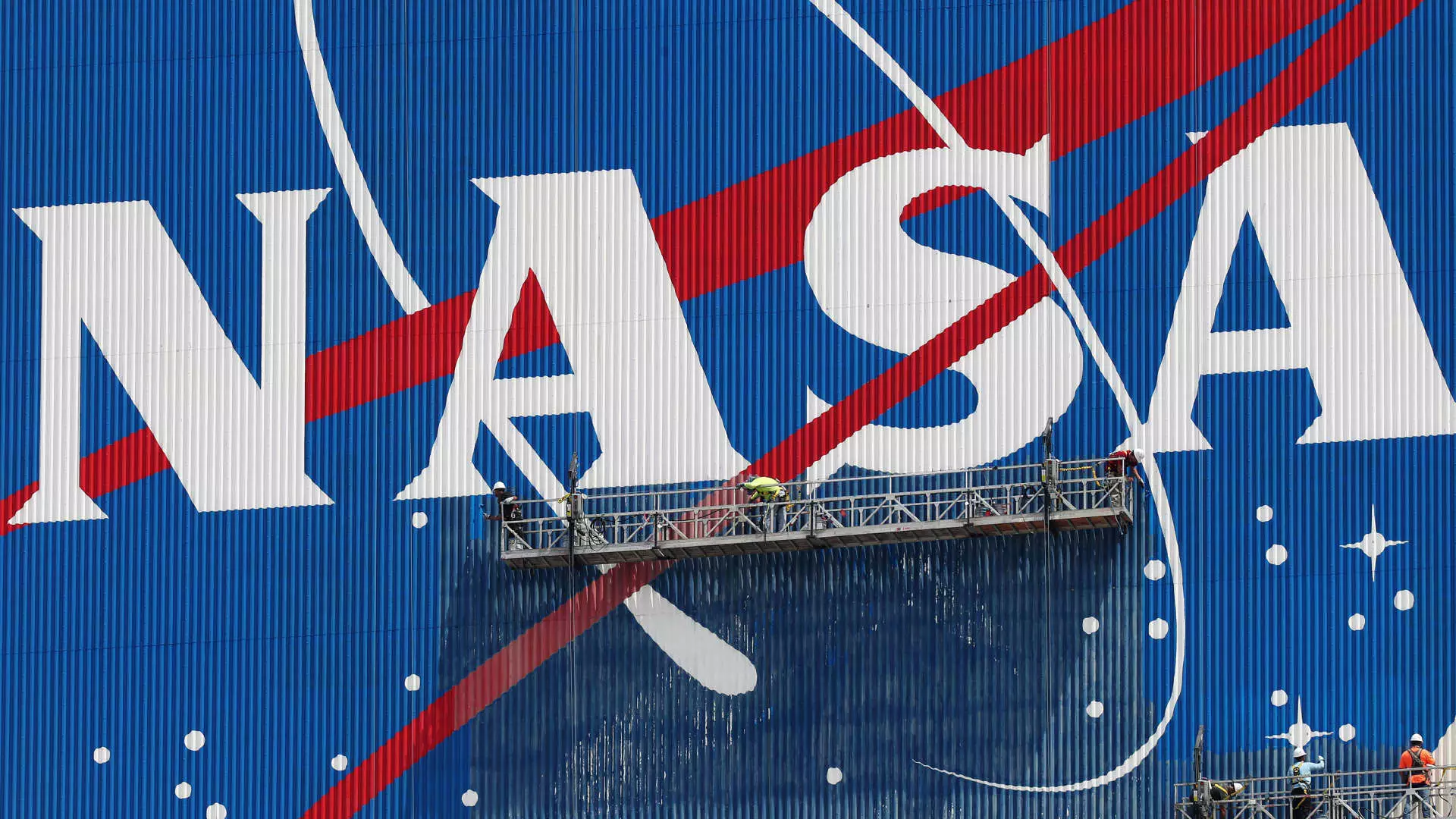NASA’s decision to stream live rocket launches and spacewalks on Netflix this summer is a bold, somewhat perplexing maneuver that underscores a deeper challenge for the space agency: maintaining relevance in a rapidly evolving commercial space race. While the move is marketed as a bid to reach a global audience and share the marvel of space exploration, it also tacitly admits the growing dominance of private players like SpaceX. NASA’s traditional role as the pioneering space explorer now converges with entertainment giants, reflecting a necessary pivot from solely scientific prestige toward public engagement through mainstream media. This shift is not just about access but about survival in an attention economy fiercely competed over by both commercial space firms and entertainment platforms.
Navigating Public Perception: Free Content Meets Corporate Streaming
NASA’s insistence that its content remains free and ad-free on its own platforms while simultaneously partnering with a profit-driven behemoth like Netflix reveals a delicate balancing act. On the one hand, NASA aims to keep its educational and inspirational mission uncorrupted by commercial interests; on the other, it signals tacit reliance on Netflix’s gargantuan user base to amplify its message. This raises an uncomfortable question: does NASA risk commodifying its carefully curated space narrative? By leaning on a streaming service whose primary goal is subscriber growth and retention, one wonders if NASA might inadvertently sacrifice the depth and context that its own platforms painstakingly provide, in favor of flashy, perhaps superficial entertainment.
Competing for Attention in an Era of Space Boom
It’s impossible to discuss NASA’s Netflix deal without acknowledging Elon Musk’s SpaceX’s extraordinary impact on public imagination and the space economy. With 81 launches in just half of 2025, SpaceX is sprinting ahead as the most visible emblem of new space-age ambition. NASA’s role has shifted to more of a supporting player, focusing on missions within low-Earth orbit rather than pioneering distant exploration on its own turf. The Netflix partnership is an indirect concession that NASA must capture collective attention not just via rocket science but through storytelling that resonates with a global audience increasingly bombarded by space news. Netflix’s 700 million users represent an invaluable channel, but this transaction also highlights NASA’s challenge in keeping pace with a commercial sector that effortlessly blends spectacle, rapid innovation, and branding.
The Commercialization of Space Exploration Narratives: A Center-Right Reflection
From a center-right liberal standpoint, NASA’s move to collaborate with Netflix is a pragmatic embrace of market forces rather than a capitulation. It’s a reminder that public institutions, especially in science and technology, cannot operate in isolation from the realities of digital media monopolies and private sector dynamism. However, the government must tread carefully to avoid turning essential knowledge — especially one as transformative as space exploration — into mere entertainment fodder. Public investment in NASA comes with an expectation that the agency informs and educates, not merely entertains. Yet, failure to engage audiences at scale risks public indifference, which could ultimately jeopardize future funding and innovative momentum. Balancing educational integrity with market-savvy outreach is difficult, but necessary to sustain NASA’s relevance in the 21st century.
Long-Term Implications: Beyond a Marketing Stunt
This partnership is not simply a flashy stunt or a temporary gimmick. It signals a deeper cultural shift where government agencies increasingly borrow tools from the commercial world to maintain public relevance and support. NASA’s gamble is that by embedding itself within a global streaming powerhouse, it can revive enthusiasm for space exploration amid an age where distractions are pervasive and the average citizen’s attention is precious. Yet, the risk is significant: NASA must avoid watering down its content, lest it sacrifice scientific nuance for mass appeal. Striking this balance will test not only NASA’s communication strategies but also its ability to remain an authoritative and inspiring force for decades to come. The stakes are high, and the outcome will shape how society views public science initiatives in a hyper-commercialized world.

